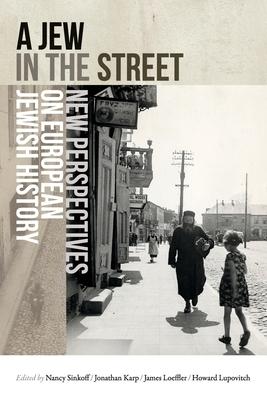Reconsidering how early modern and modern Jews navigated schisms between Jewish community and European society.
This collection brings together original scholarship by seventeen historians drawing on the pioneering research of their teacher and colleague, Michael Stanislawski. These essays explore a mosaic of topics in the history of modern European Jewry from early modern times to the present, including the role of Jewish participants in the European revolutions of 1848, the dynamics of Zionist and non-Zionist views in the early twentieth century, the origins of a magical charm against the evil eye, and more. Collectively, these works reject ideological and doctrinal clichs, demythologize the European Jewish past, and demonstrate that early modern and modern Jews responded creatively to modern forms of culture, religion, and the state from the eighteenth to the twentieth century. Contributors to this volume pose new questions about the relationship between the particular and universal, antisemitism and modernization, religious and secular life, and the bonds and competition between cultures and languages, especially Yiddish, Hebrew, and modern European languages. These investigations illuminate the entangled experiences of Jews who sought to balance the pull of communal, religious, and linguistic traditions with the demands and allure of full participation in European life.
